Acoustic guitar for beginners: 15 key terms and techniques
New to acoustic? Familiarise yourself with the basics first

Introduction
ACOUSTIC WEEK: For many of us, the humble acoustic guitar is often a way in to the exciting world of guitar. Younger players are often trusted with an acoustic before the (sometimes) more expensive outlay needed for an electric and amp, whereas other players become acoustic guitarists for life. Either way, nailing the basics of acoustic playing can be very beneficial. That's why we've put together these 15 key terms and techniques for newcomers...
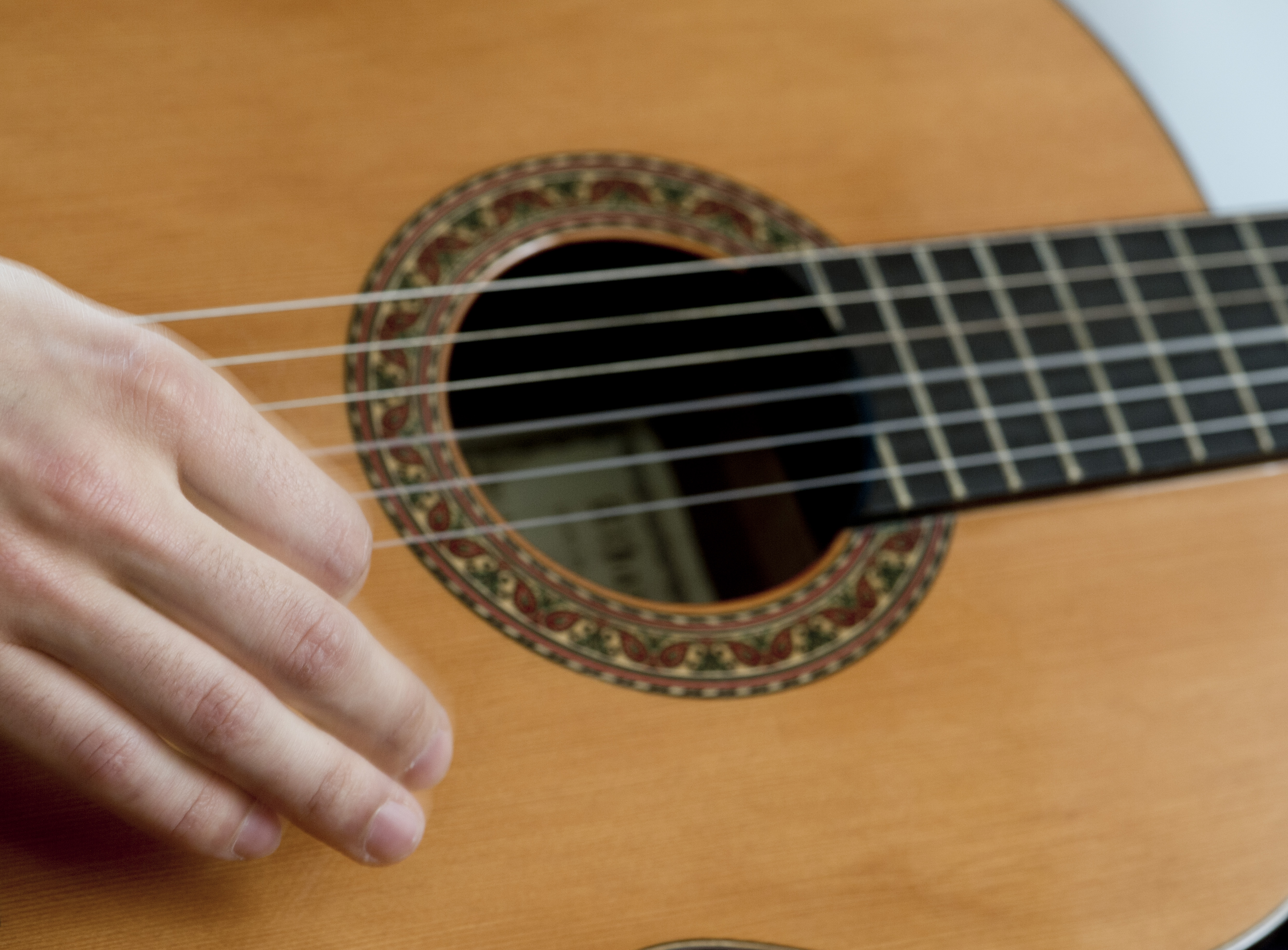
Strumming
Strumming is a rudimental guitar term and one that you will need to get to grips with early on. Strumming is when you stroke your pick across several strings at a time to create a full sound, which is great for rhythm parts. To play a chord (a number of notes together), press down on the strings next to the frets while your other hand strums.
The most basic kind of strumming is the downstroke. Stroke your pick across the strings so that your hand moves down towards the ground. You can play upstrokes too by returning your pick back to where you started from, striking the strings again as you do so. Most strummed parts alternate between downstrokes and upstrokes.
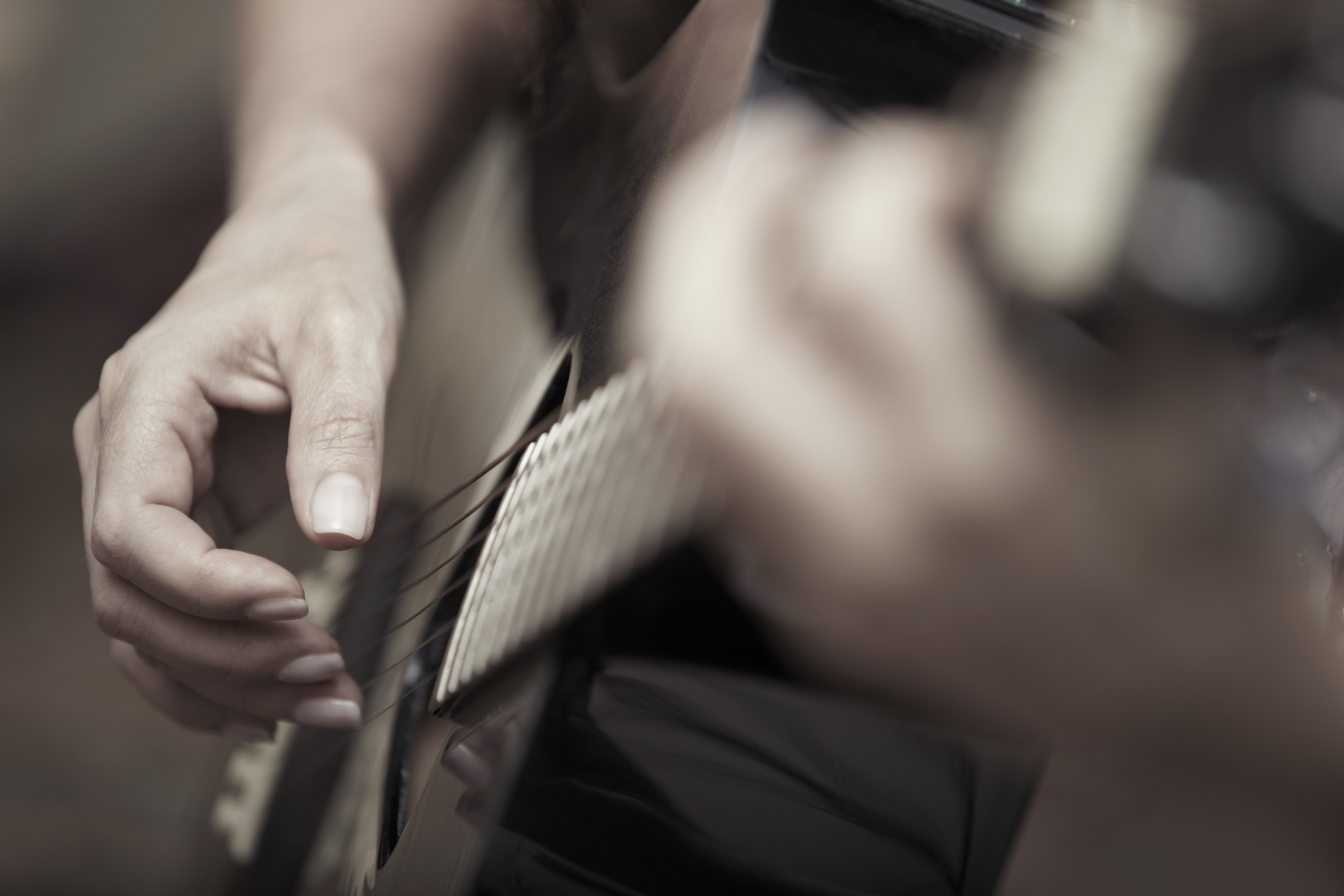
Syncopated strumming
Ok, now that you’ve got strumming covered we’re going to ramp it up a notch. Syncopation sounds like the kind of technical term that might put newbie guitarists off, especially those who aren’t interested in theory, but it’s actually pretty simple. In relation to guitar, syncopation refers to playing rhythms where upstrokes dominate the music.
As we’ve already mentioned, most strumming alternates between downstrokes and upstrokes. In most music you strum downstrokes on the main pulse of the music and upstrokes fall in between, on the offbeat.
For a syncopated feel, the upstrokes are either louder than the downstrokes, or some of the downstrokes are left out altogether. Either approach gives the music a kind of bounce between the onbeat pulse and the offbeat chord strums.

Chord changes
One of the first things every guitarist has to tackle is changing between chords, with most people finding the change from G to C to be the biggest challenge of all the open chords. The most effective way to practise any chord change is by repeating it, so set aside time each day to practise different changes.
However, there are a few shortcuts you can take to help you achieve your goals sooner rather than later. For any chord you play it’s essential to choose the right fingering. This ensures you get off on the right foot as you execute the chord change. If you use the wrong fingering, you may find yourself struggling.
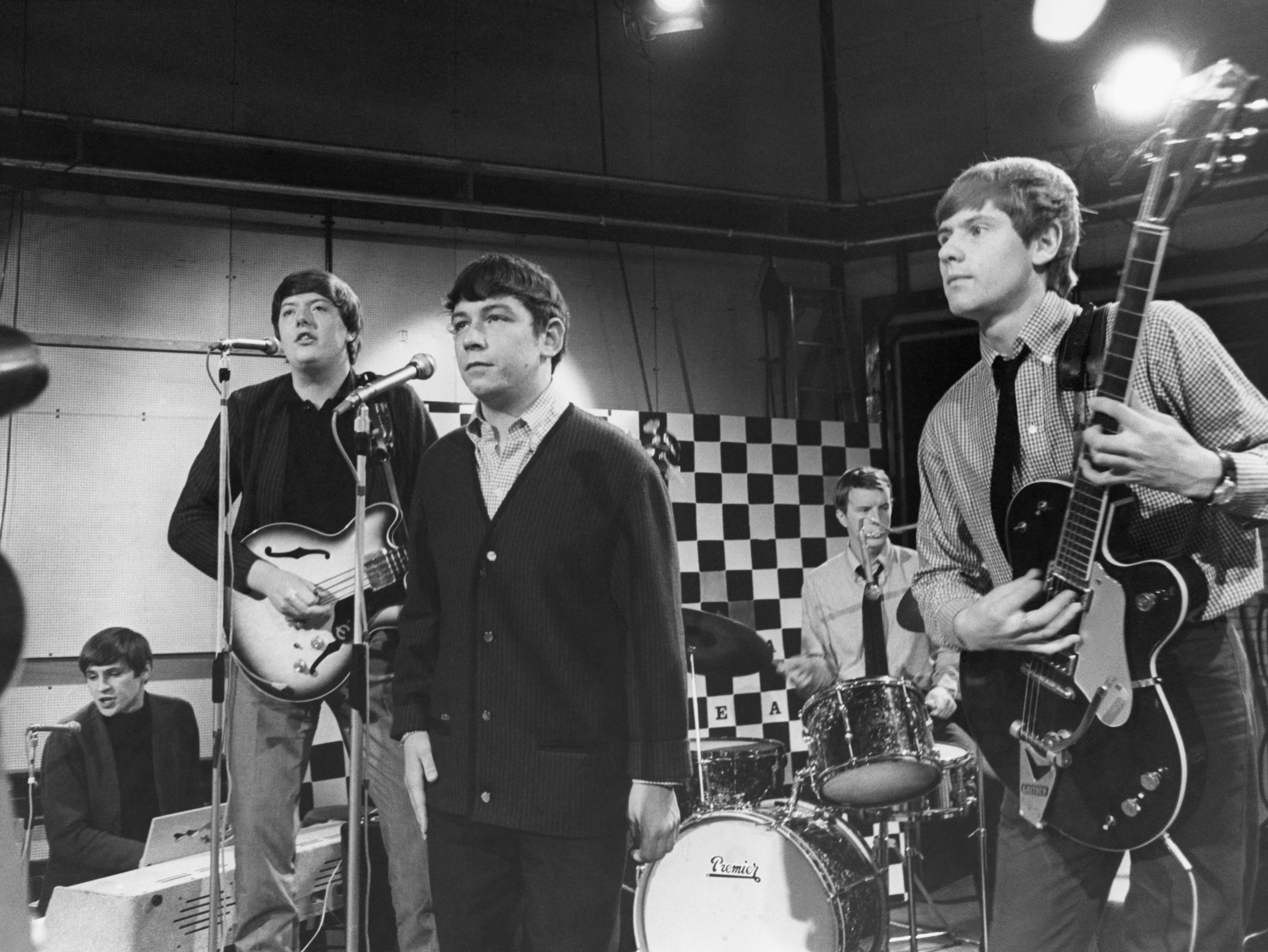
Playing arpeggios
An arpeggio is when you play the individual notes of a chord one by one instead of strumming them all together. This makes for quite straightforward fretting because you only need to hold down a simple open chord while you pick the strings one at a time. And you can create some intricate sounding, lush arpeggios this way.
For an example of tracks packed with arpeggios listen to House Of The Rising Sun by The Animals, or Stairway To Heaven by Led Zeppelin.

Fingerpicking
Fingerpicking is exactly what it says on the tin: it’s when you use your fingers to pick the strings instead of using a conventional plastic pick. This allows you to create some intricate and lush sounds using just the simplest of chords. The art lies in choosing which fingers you use to play which notes.
Thankfully, there’s a straightforward approach you can take to make the whole process really easy. Use your thumb to play all the notes on the sixth (fattest), fifth and fourth strings. It doesn’t matter which chord you’re playing – your thumb should always cover these strings. This leaves your index, middle and ring fingers free to play the third, second and first strings respectively.
This is a great way to approach fingerpicking and it’ll get you through 90 per cent of fingerpicked pieces you’ll ever play! If you want to pick up some fingerpicking tips, check out the masters like Jeff Beck and Mark Knopfler.
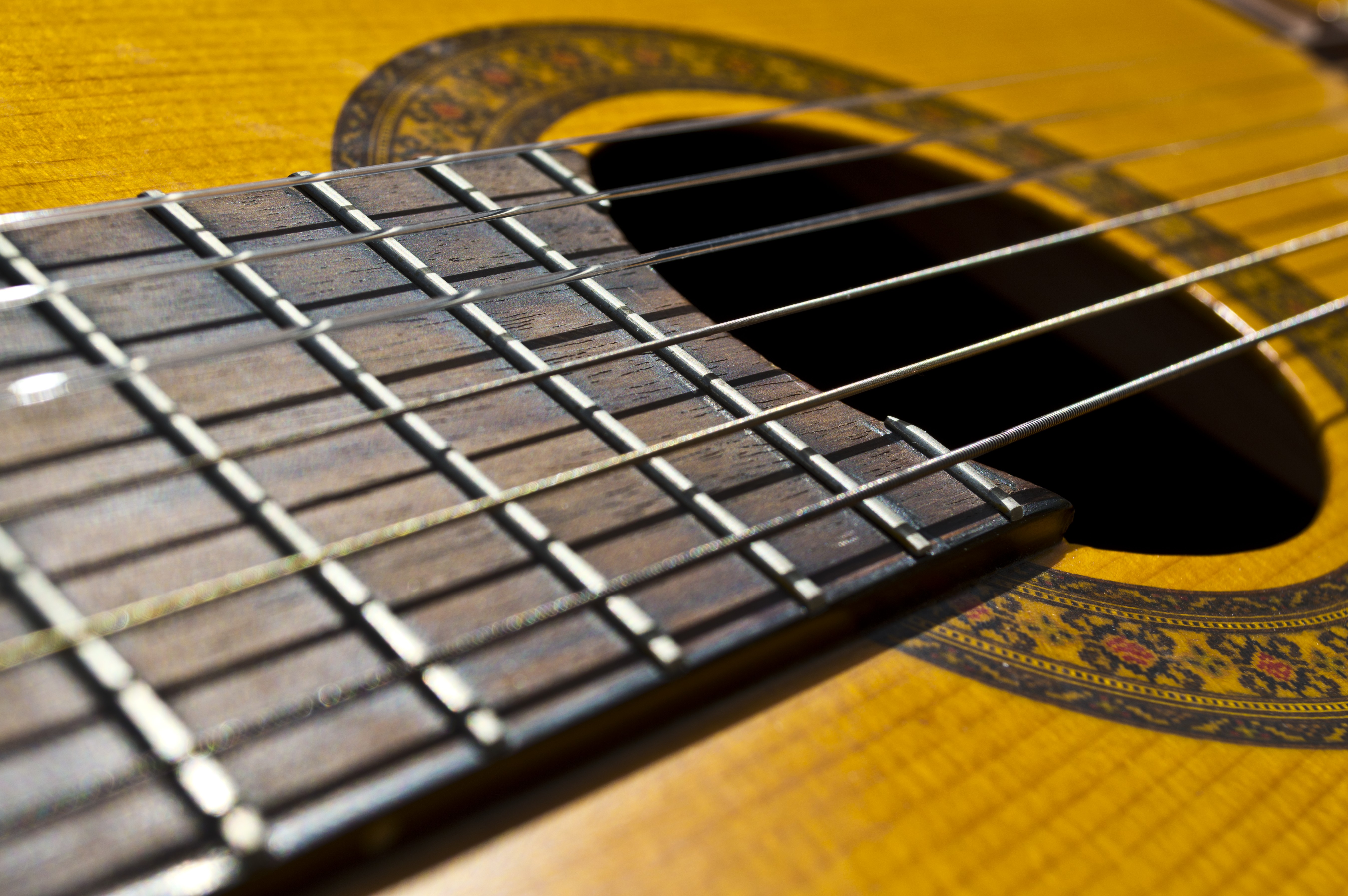
Natural harmonics
Whenever you play a note on the guitar you hear a pitch - a tone that’s easily identifiable as the note you just picked. A harmonic is part of the soundwave that each note generates. All notes produce a series of barely perceptible harmonics (called overtones) that form the timbre and tone of the note in question.
The full technical explanation is too complex for us to get into here, but that doesn’t stop you from isolating harmonics and using them easily in creative and musical ways in your own playing. The simplest way to play a harmonic is to lightly touch any string directly above the 12th fret and then pick it.
The key is to not press the string down. Instead you just touch it as you pick. By touching the string at this specific point you change the way it resonates and this causes a chiming harmonic to ring out. You can use the same technique at the 5th and 7th frets, too, and each fret position produces different pitches.

Barre chords
Barre chords require you to use one finger to press down two or more strings at the same time. They are a shortcut to learning loads of chords because you can move one shape around the neck without having to learn new fingerings. Barring across strings can be a challenge for any guitarist because you need a strong fret hand.
In reality, it takes most guitarists a few months to build up the strength to play barre chords confidently. It’s really important that you take this fact onboard and don’t lose heart if you struggle at first. You can build up to full barre chords by using partial barres, which means you only need to press down on two or three strings instead of all six. Flake by Jack Johnson is a good song to start with when getting your head around barre chords.
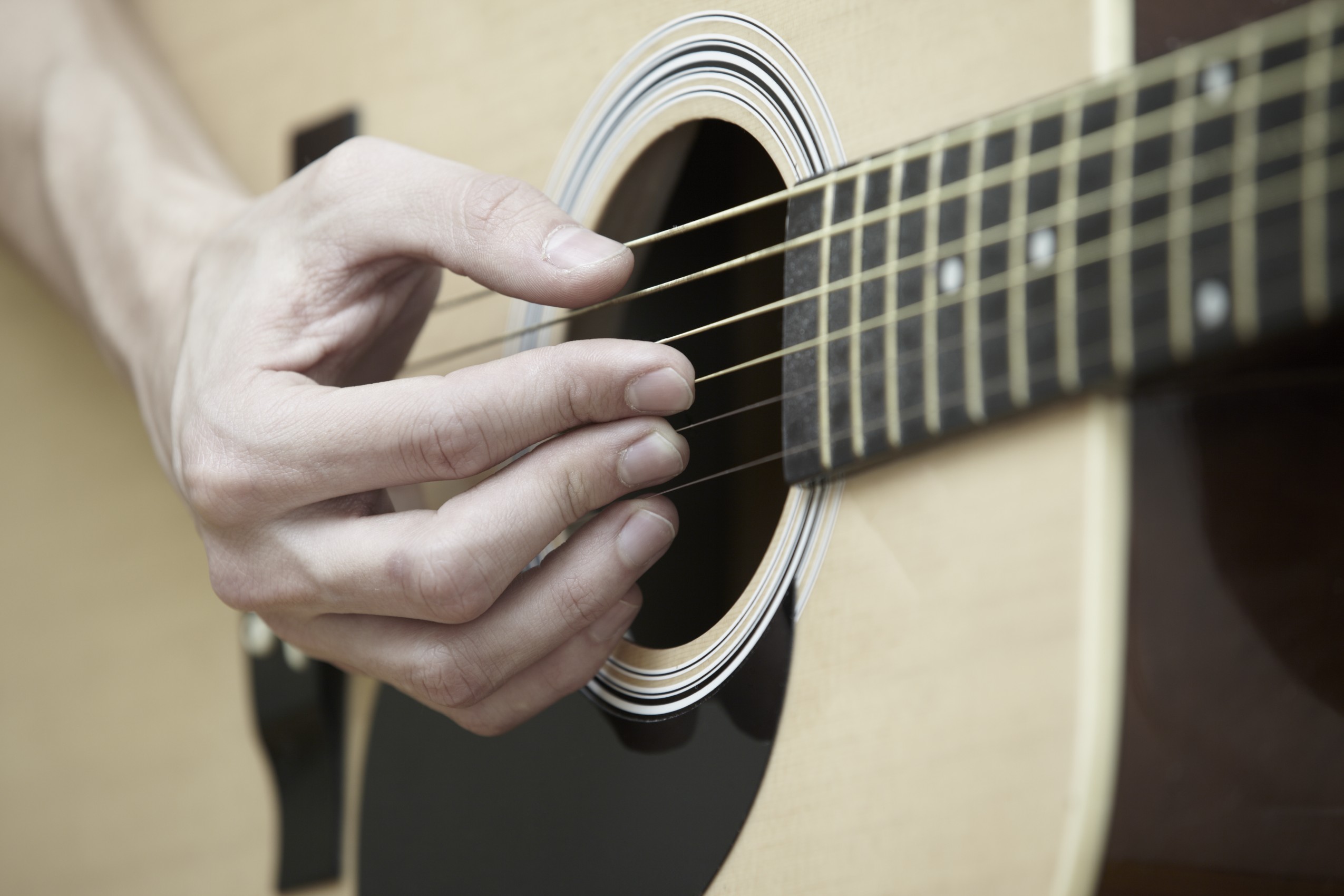
Partial barre chords
Most guitarists struggle to play barre chords at first because it takes time to develop enough strength to press down all six strings. You can make life easier by playing partial barres. This means you press down two or three strings instead of all six.
Partial barres help you get used to pressing down two or three strings together, and then you can progress to full shapes as you improve.

Tuning
As a beginner, one of the most essential things to learn is how to tune your guitar. Tuning involves adjusting the tension of the strings on your guitar (using the machineheads) so that they’re the correct pitch. If your guitar isn’t in tune, nothing you play will sound right (even if you can play it perfectly) because the notes on your guitar will be wrong.
Ideally, you should invest in an electronic tuner to help you tune your guitar strings to within a 100th of a semitone. Drop D tuning (which gets its name from the fact you lower or ‘drop’ the sixth string one tone from an E note to a D note) is perhaps the simplest of dozens of altered tunings that guitarists use in an effort to produce new ideas.
Retuning the sixth string changes how the chord fingerings you know in standard tuning sound. Songs in the key of D are greatly enhanced by the addition of the new low D note.
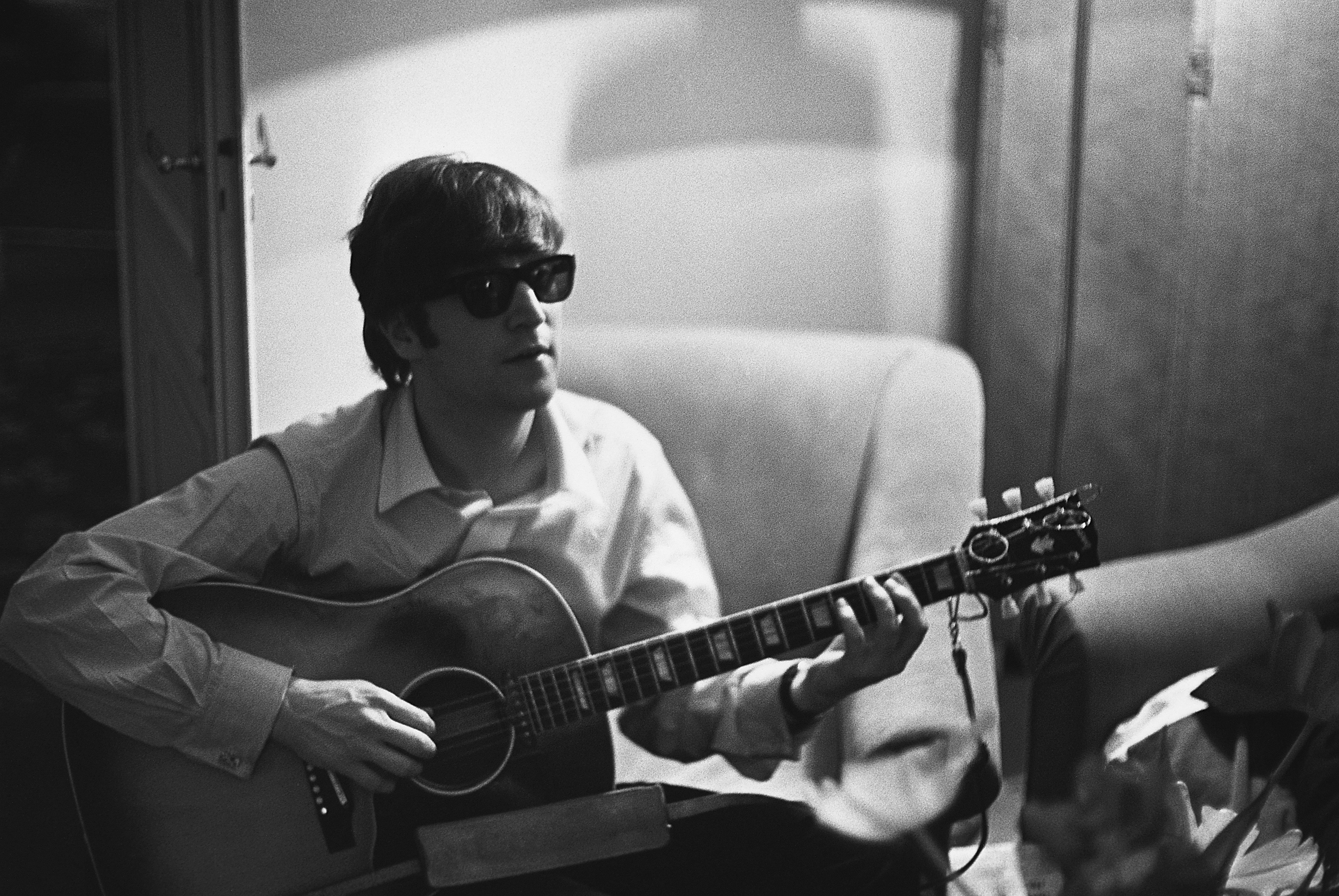
Odd time - 3/4
Nearly all rock and pop music is in 4/4 (said ‘four four’) time. This means the musical pulse repeats in groups of four beats and you have to count to four to stay in time. While the theory can be complicated, most people can easily feel a groove in 4/4 time. For example, entire audiences at shows spontaneously clap along with songs in 4/4. Quite simply, 4/4 is a ubiquitous time signature.
However, it’s not the only time signature. 3/4 time is similar to 4/4, but the pulse is grouped in threes and you have to count to three. The ‘3’ in 3/4 tells you this, while the ‘4’ tells you that the three pulses in each bar are all quarter notes (also called ‘crotchets’).
If the theory sounds dry, the truth is that you get a different feel with each time signature and for guitarists this opens up a whole array of strumming patterns and rhythm playing. Lucy in the Sky With Diamonds by The Beatles is a song in 3/4 time.
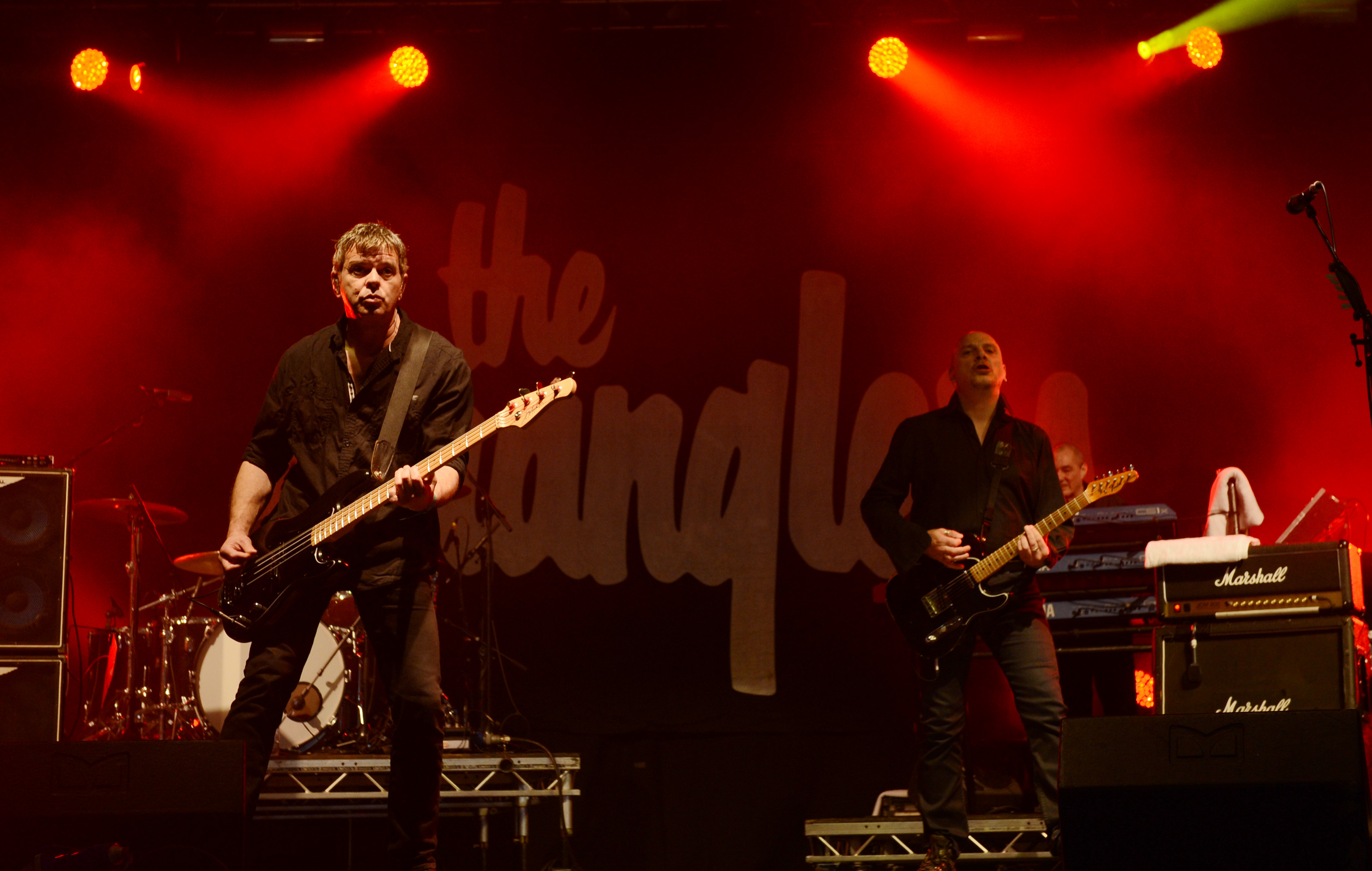
Odd time - 6/8
As a beginner, one of the most useful things to learn is how to play the guitar using different time signatures. Time signatures give you basic information about the underlying rhythm of the music and each time signature has its own basic rhythmic groove.
6/8 time has a totally different feel to 4/4 but it does follow the same rules. So the top number tells you that there are six pulses in each bar, and that each pulse lasts as long as an eighth note (that’s six eighth notes). To play in 6/8, fret a simple chord, count to six and strum a downstroke on each number.
It’s common in 6/8 time to play the first and fourth beats in each bar a little louder than the other beats and this should help you to feel the main 6/8 groove. Golden Brown by The Stranglers is in 6/8.
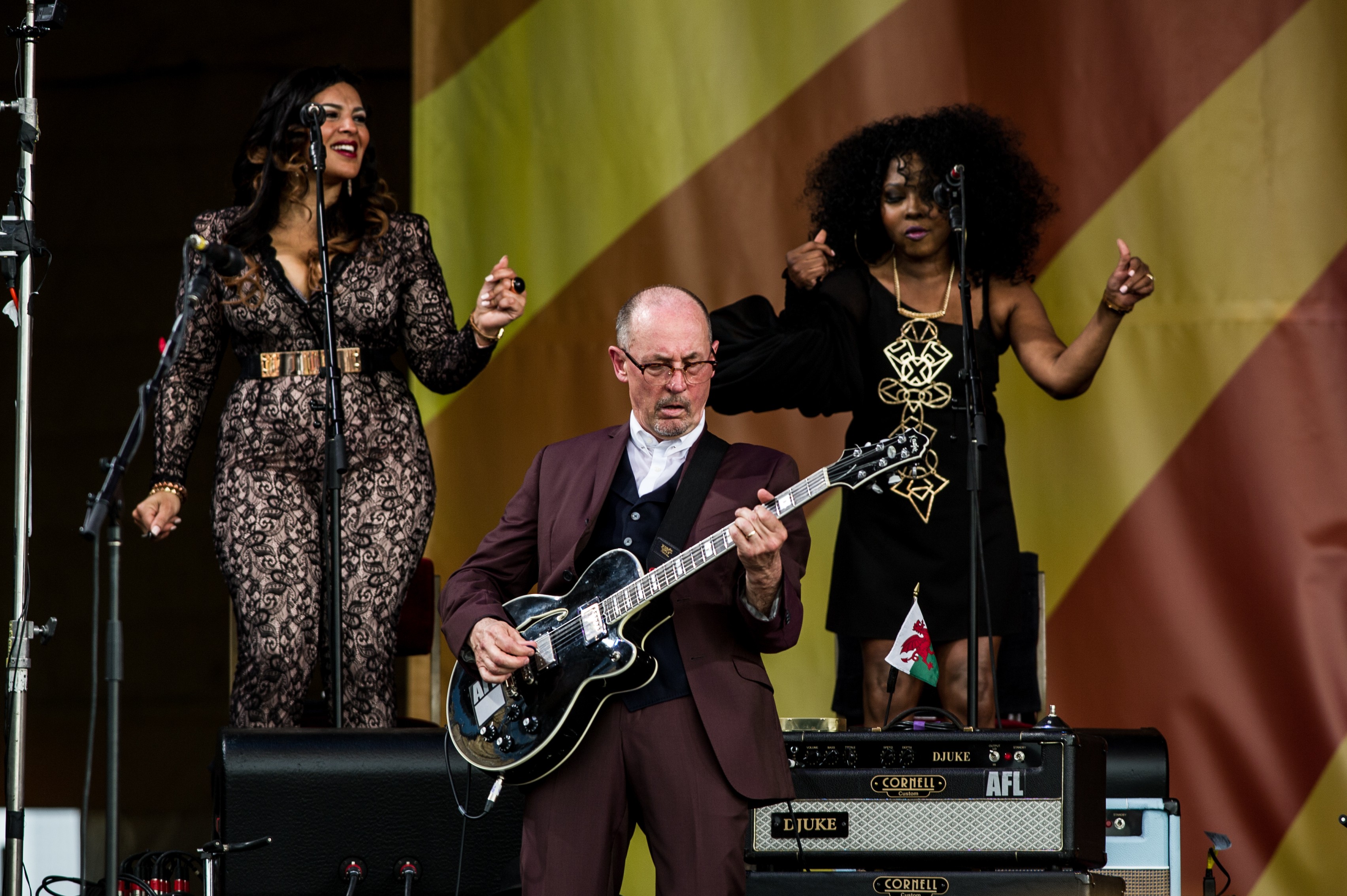
Melodic fingerpicking
Look for some simple fingerpicked melodies, especially if you haven’t quite developed the strength required for chords yet. These single-note lines can be simple but you’ll find they’re often quite intricate, expanding and developing through long sections of music.
When it comes to fingerpicking a melody on the guitar the best approach is to pick with your index and middle fingers. These are most people’s strongest and most dexterous fingers, so they give you optimum control. If you alternate between these two fingers you can build up a fair amount of speed, too. Andy Fairweather Low's work in Eric Clapton's Tears In Heaven is a great example of melodic fingerpicking.
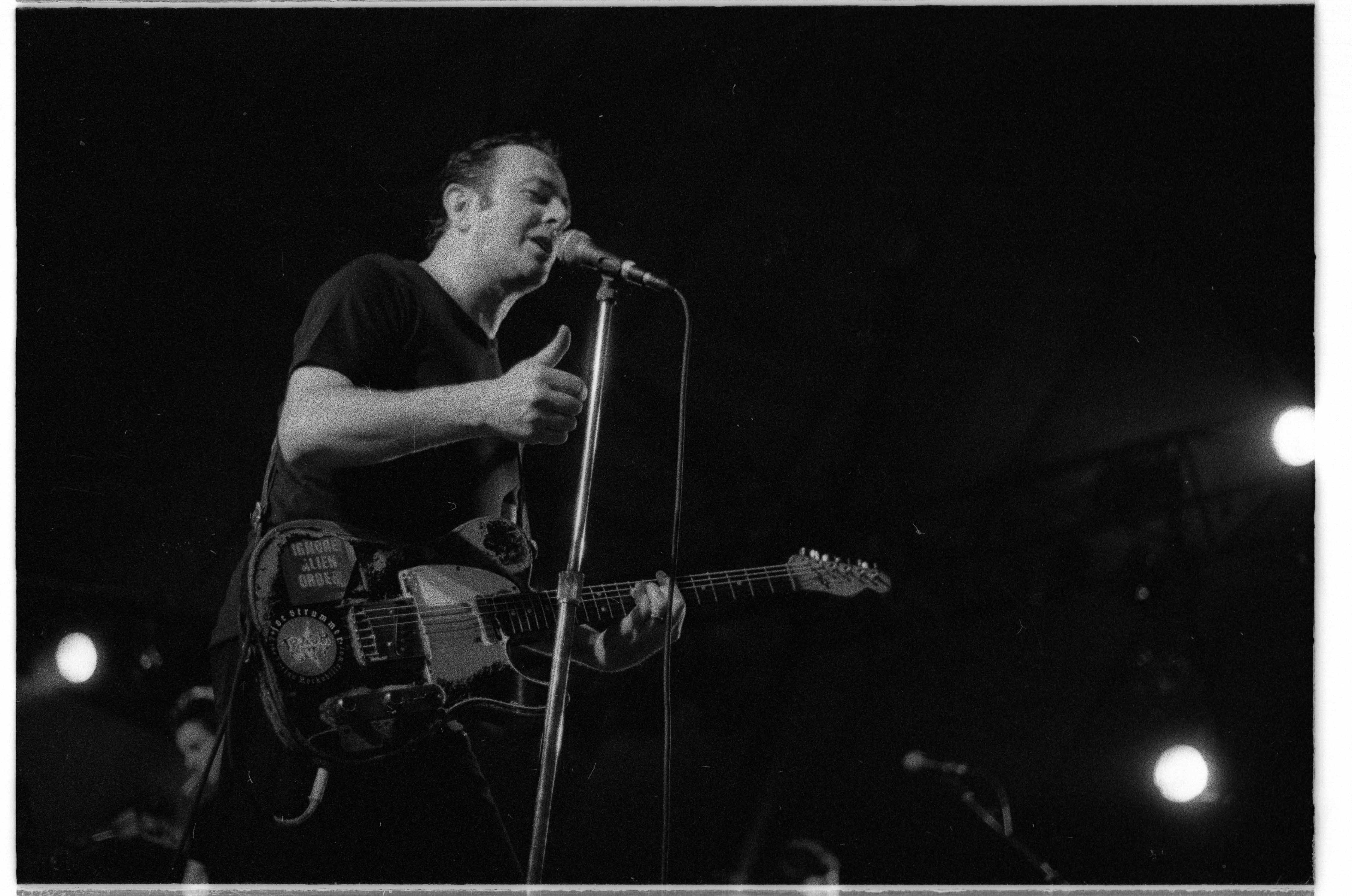
Staccato strumming
Staccato means short and detached. In written music, staccato is indicated with a dot either over or under the note head and might only ring out for about half as long as the written note suggests. There are two main ways to play staccato on the guitar: pick hand muting and fret hand muting. Both involve silencing the string(s) immediately after you pick.
With pick hand muting, rest your pick hand on the strings somewhere near the bridge. With fret hand muting, release pressure off of your fretting fingers but keep contact with the strings.
Staccato isn’t a glamorous technique but it’s an essential part of your rhythm style and some great music has been made using the technique. The London Calling riff by The Clash is pure staccato, while Synyster Gates adds staccato punch to his fingerpicked intro to Buried Alive, and BB King uses the effect to punctuate his expressive lead style.
One way to apply a staccato effect is to use your pick hand to mute the strings just beside your guitar’s bridge. Think of it as a two stage process: strum, then mute. This slightly circular strumming motion should come mainly from your wrist with just a bit of elbow movement.
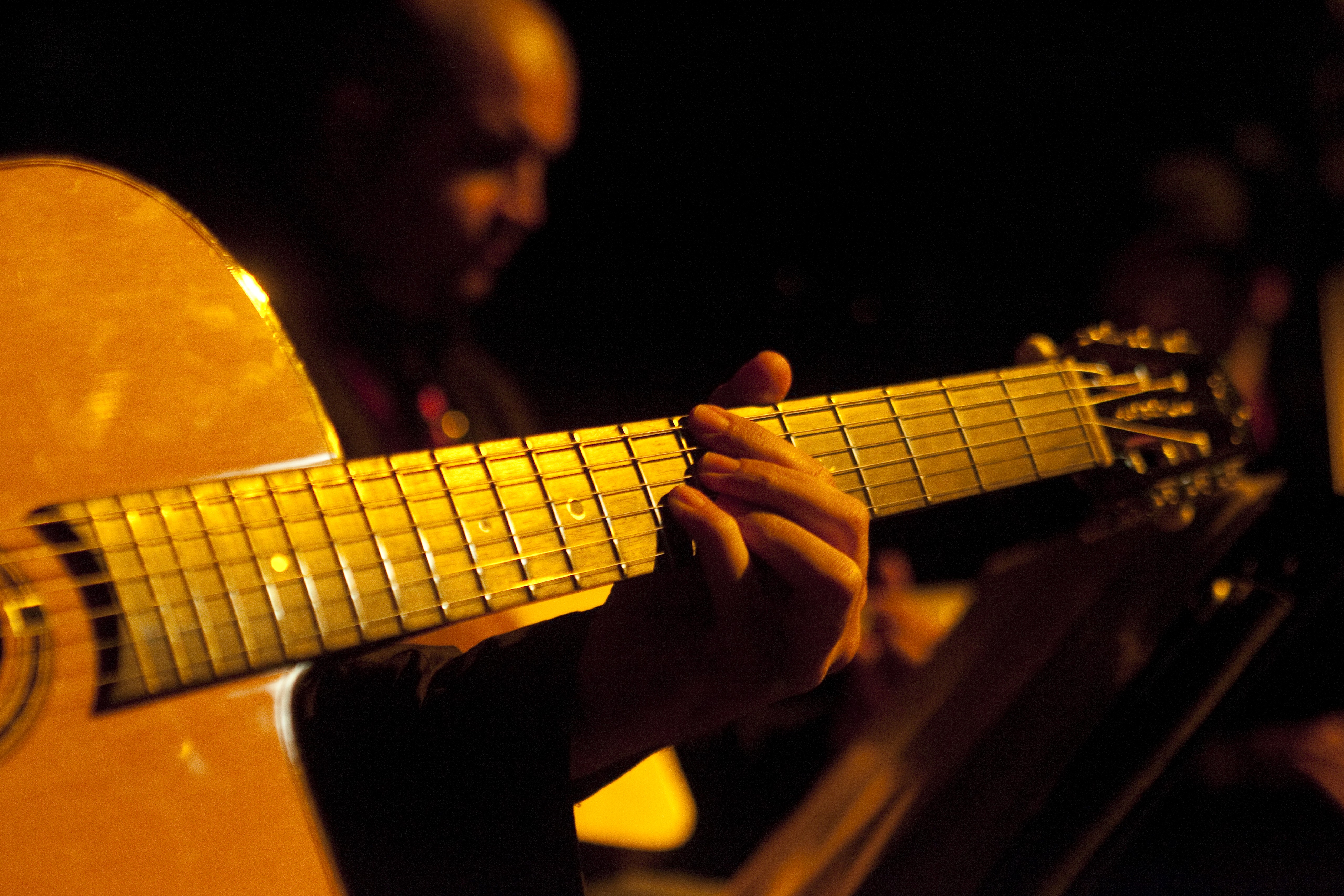
Open chords
One of the first things most guitarists learn are openchords, so called because they include unfretted (or ‘open’) strings. C, A, E and D are among the first chords most guitarists learn and we’ve covered these chords in detail over the last year. Once you’ve learned a bunch of chords like these you may want to delve into more complex sounds.
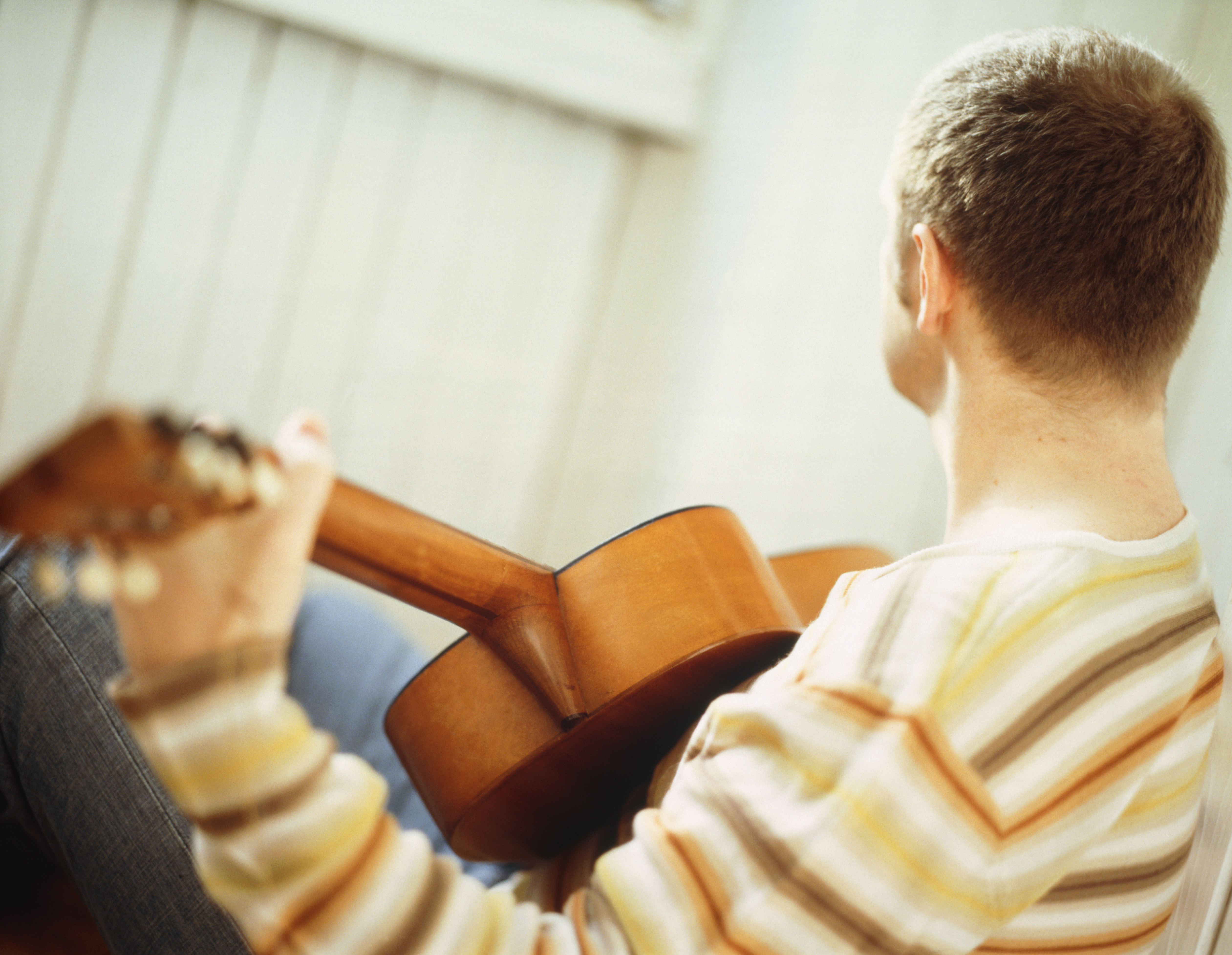
Alternating bass line
An alternating bassline is a kind of strumming where you swap (or alternate) between the lowest notes in a chord. Combining this with full strums so that the chord rings out gives a kind of bounce to your strumming. It’s common in acoustic country music but you’ll find the approach in many other styles, too.
The trick is knowing which notes to alternate between. Method one is simple - just swap between the two lowest fretted notes of the chord. This guarantees that all of the notes belong in the chord you’re playing. The best notes to alternate between with an A chord are the root note (A) and the open sixth string E. Start by practising the swapping action between these two notes without worrying about the chord. Just play an occasional A chord so you can hear how these notes fit in.
MusicRadar is the number one website for music-makers of all kinds, be they guitarists, drummers, keyboard players, DJs or producers...
- GEAR: We help musicians find the best gear with top-ranking gear round-ups and high-quality, authoritative reviews by a wide team of highly experienced experts.
- TIPS: We also provide tuition, from bite-sized tips to advanced work-outs and guidance from recognised musicians and stars.
- STARS: We talk to musicians and stars about their creative processes, and the nuts and bolts of their gear and technique. We give fans an insight into the craft of music-making that no other music website can.
